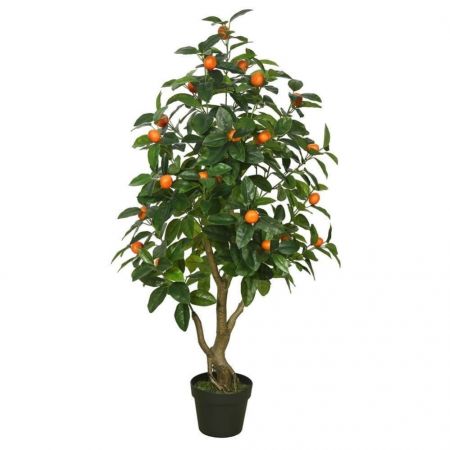<
Sapota Fruit Plant with nursery cover
Sapota is a great source of natural sugars, making it a quick energy booster, especially useful for athletes and those needing rapid fuel after physical exertion.
₹ 249.00
₹349
(Inclusive of all taxes)
-

No Warranty
-

COD Not Avilable
-

Non Returnable
-

cancelable
About this item
Made In: India
Botanical Characteristics:
- Scientific Name: Manilkara zapota
- Common Names: Sapota, Chikoo, Sapodilla, Chiku, Zapote, Naseberry
- Family: Sapotaceae
- Origin: Native to Central America, but now widely cultivated in tropical regions around the world.
2. Tree Features:
- Size: The Sapota tree is a medium to large evergreen tree that can grow up to 10–15 meters (30–50 feet) tall in the wild, but in commercial orchards, trees are usually pruned to a more manageable size (around 5–7 meters or 16–23 feet).
- Leaves: The leaves are dark green, leathery, and alternate. They are elongated and give the tree a dense, tropical appearance. The leaves also serve to shade the fruits and protect them from sunburn.
- Flowers: The flowers are small, yellowish-green, and grow in clusters. They bloom during the spring months and are typically pollinated by insects.
- Bark: The bark of the Sapota tree is dark brown or gray, and it exudes a latex-like resin, which can be harvested and used in chewing gum production in some regions.
0 Review Of Product Sapota Fruit Plant with nursery cover

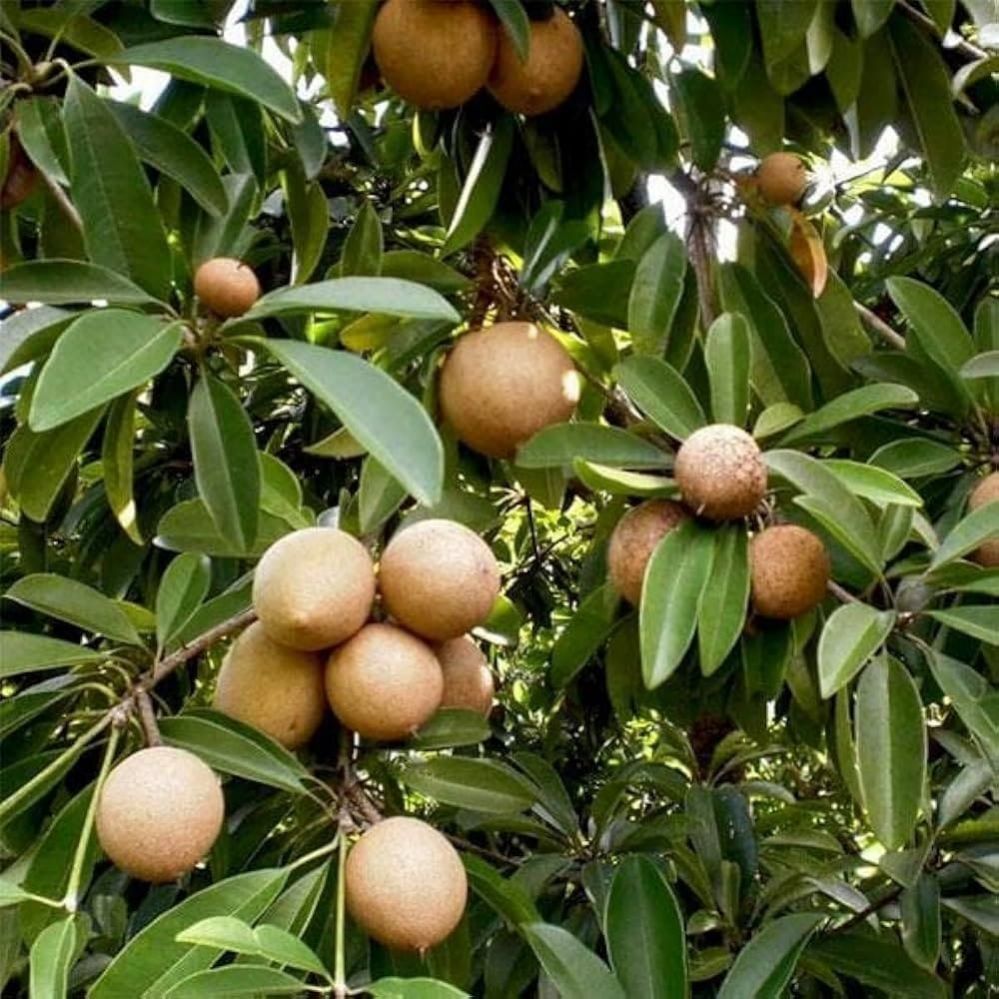
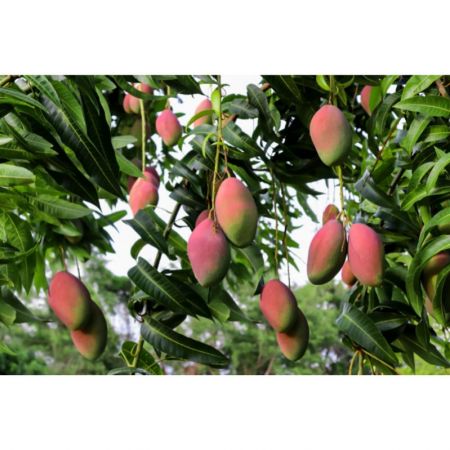


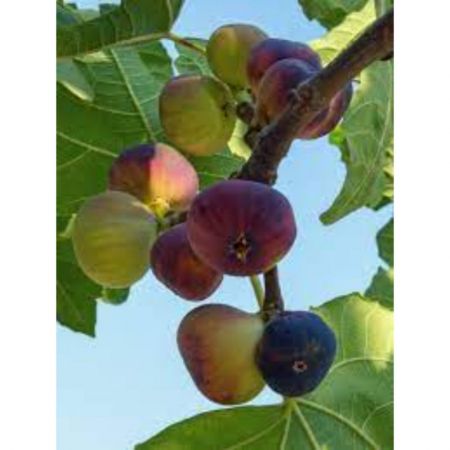

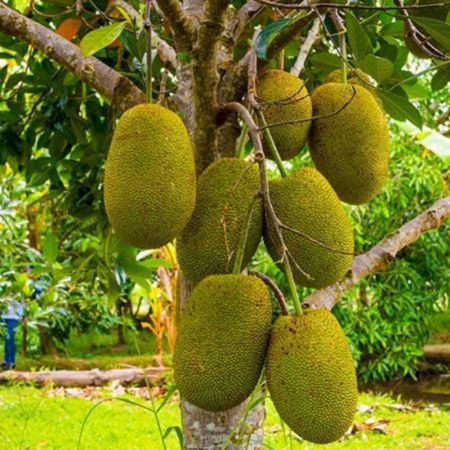
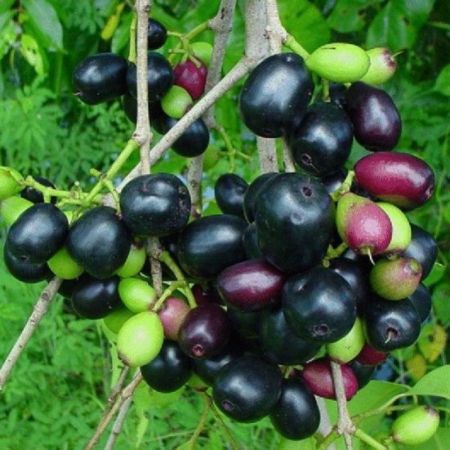


.png)
